Quantum physics is a particular domain of physics which deals with fundamental units of matter and energy.
In our world, things are pretty straightforward and logical. A car is either at rest or moving, the stereo is either on or off, a cat is either dead or alive – one state or the other. There is no middle ground or a combination of states.
But the same can’t be said about the world on the most fundamental level – to the scale of the most basic particle we are made of.
Here, a particle doesn’t exist in one state or the other, but in a number of states all at once. Like Schrodinger explained, a cat (of the fundamental world) would not be either dead or alive. It would exist between the two states, both dead and alive. This, he called superposition, where a particle exists in a combination of states.
Strange right? But this is the strange world called the quantum world, ruled by quantum physics.

It has become quite a popular subject in recent years and the bulk of credit goes to science fiction. The theories of alternate universe and time travel, are certainly keeping us entertained. But what exactly is this subject that is feeding the world of sci-fi with content?
What Is Quantum Physics?
‘Quantum’ is a Latin word whose literal meaning is ‘how much’ but is used for talking about the minimum amount of some physical entity. Aptly, we use it to represent the most elementary particles which are the basics or ‘the minimum’ of this big world.
So, quantum physics deals with the foundation of our world – the electrons in an atom, the protons inside the nucleus, the quarks that build the protons, the photons that we perceive as light, etc. These constitute everything that we are made of, matter and energy.
That sounds pretty simple, right?
Then how is it any different from regular physics?
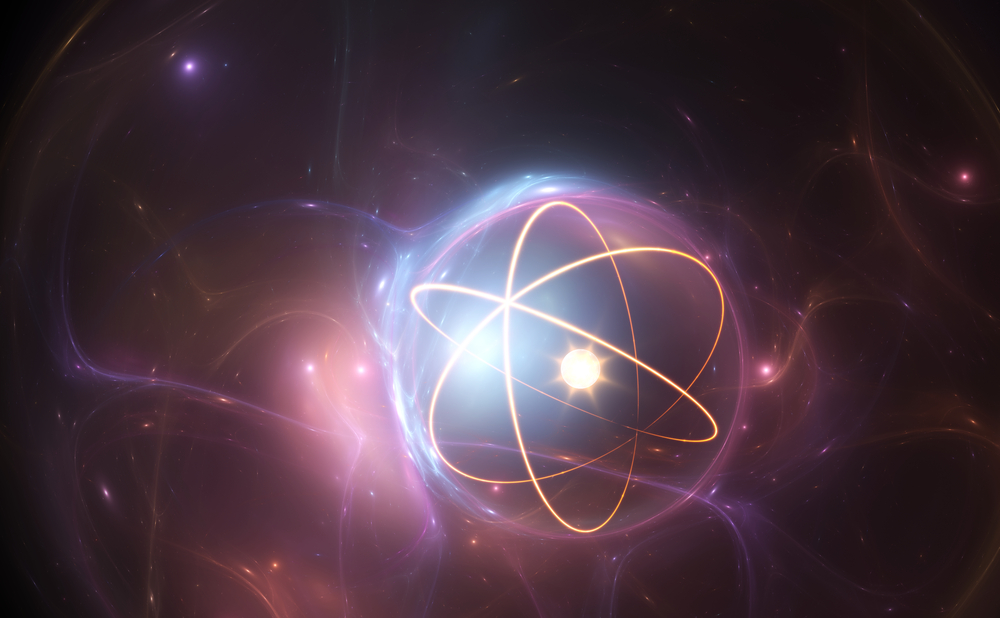
The ‘regular’ physics is the physics that deals with Newton’s laws of motion and its related mechanics. It is called Classical Physics.
This makes up the physics of our day-to-day ordinary lives- the rolling of balls, the rotation of the earth, the mechanics of engines, etc.
But if this physics is so wide-ranging, why was it so insufficient?
Also Read: What Is Quantum Mechanics?
About The Origins Of Quantum Physics
Let’s go back in time to the 1900s to watch the birth of Quantum Physics. This was a time when scientists were still unable to understand the observations of the photoelectric effect. Simply put, photoelectric effect is a phenomenon in which light hits metal resulting in the knocking off of electrons.
According to the ‘normal’ physics, the electrons should start escaping the metal when the brightness of the light is above a sufficient limit. But in reality, it was the color of light that determined whether electrons will be emitted or not.
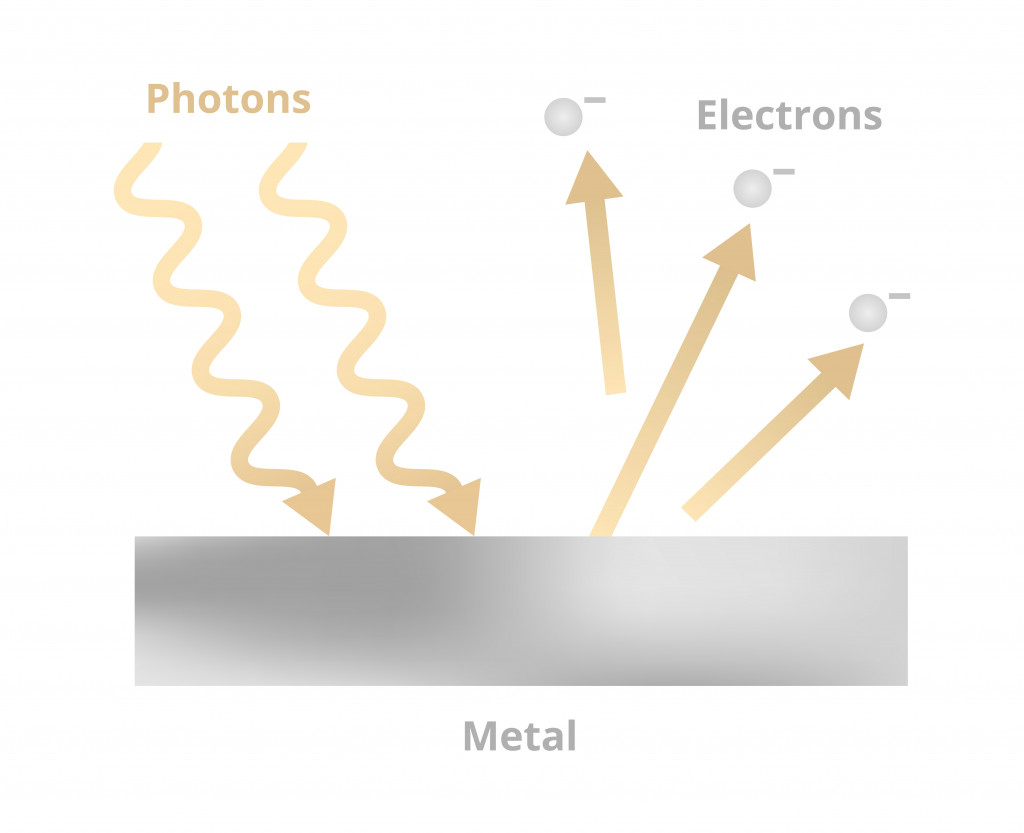
This was when Albert Einstein turned to Max Planck’s equation. Planck’s equation stated that light waves carry energy in small packets called ‘quanta’. This explained how each color of light had a specific amount of energy associated with its wavelength. This energy in turn was what was responsible for the electrons getting knocked off.
Einstein used Planck’s equation to propose that light not only acts as a wave but also a particle, a particle which was later named photon.
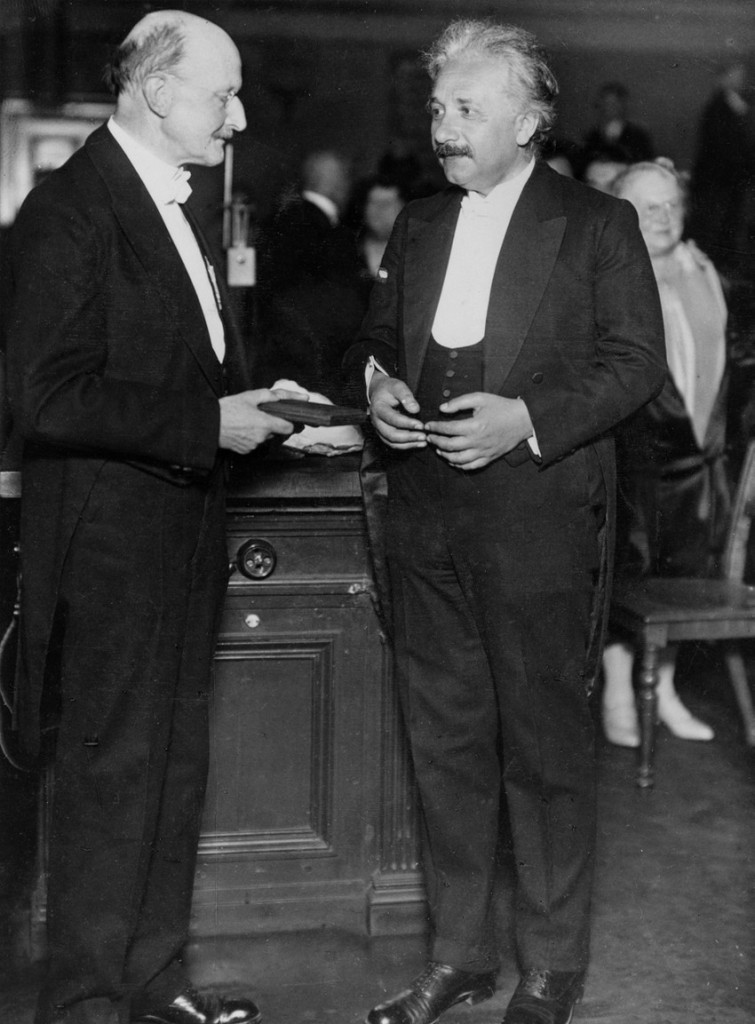
Since then, physicists realized that the regular physics just wasn’t sufficient in understanding the microscopic world.
They termed this ‘regular’ physics as Classical Physics, a physics of the past, and the one dealing with the fundamental world as ‘Quantum Physics’.
This world is therefore now called the ‘quantum world’.
What Makes Quantum Physics Different From Classical Physics?
Let’s be honest, our brains are made for this macroscopic world where they can understand the running of a car on a road, the mechanics of a pen, etc. but are unable to understand the quantum world.
For instance, imagine you are standing in front of a massive wall and aiming to reach its other side. This wall is surrounded by deadly alligators on the other two sides so your only options are either scaling it or making a hole through it. But if you don’t have enough energy to do either of the two, you won’t be able to reach your destination, right?
Well, this is how the macroscopic world works.
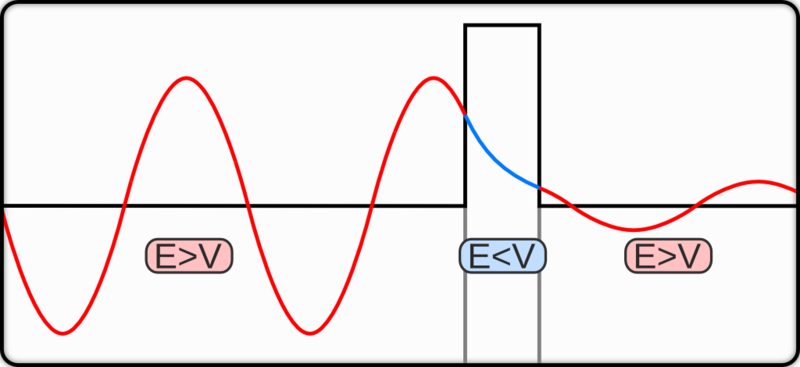
This logic is absolutely correct in this world but in the quantum world, a particle can still go through such an energy barrier without sufficient energy. This is called quantum tunneling.
This phenomenon is responsible for the nuclear fusion responsible for the energy production of stars.
So clearly, when our normal logic or intuition fails, the only reliable intuition that the quantum world can stand upon is… Mathematics. The subject of quantum physics speaks in the language of mathematics.
And since the birth of quantum physics, mathematics has told us various bizarre stories from the quantum world. For instance, it is the mathematics of Schrodinger’s equation that implied that the particles in the quantum world do not have definite states.
Understanding this, Schrodinger tried explaining it via his example of ‘Schrodinger’s cat’ which we saw in the beginning. Similarly, it is mathematics that implied that the states of two particles can even intertwine in such a way that even after separating, the quantum states of these particles would remain connected. This phenomenon is famously known as quantum entanglement.
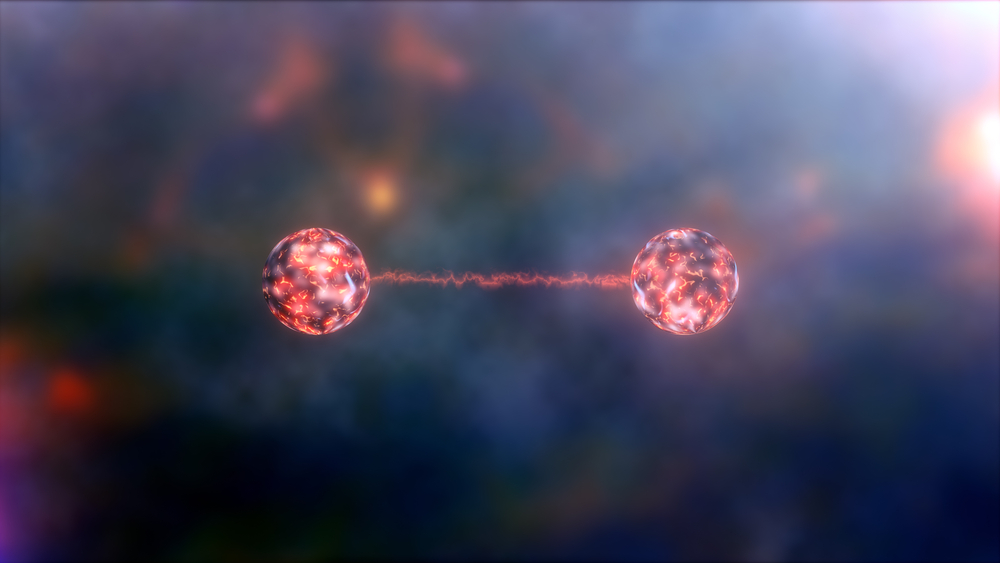
Also Read: Why Is Quantum Mechanics So Difficult To Understand?
Quantum Physics Of The Sci-Fi World
We have often seen the dramatization of unusual quantum phenomena depicted in our macroscopic world through movies and TV shows.
Take for instance, the Marvel universe. Marvel movies are famous for their heavy use of quantum physics, at least the words if not the physics sometimes!
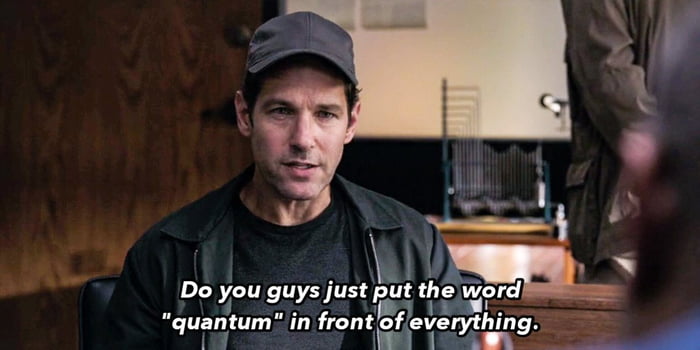
Even though most of it is fiction being labeled as quantum physics, there are some scenes that are based on true concepts. One of which is the ‘multiple realities’ of Doctor Strange.
First, let’s understand the quantum physics it is based on.
This subject deals with particles in terms of probabilities. For instance, while talking about the position of an electron, a physicist will say, “The electron is most probable to exist in this range of length, say between 1 to 3 units.” But the same thing can be interpreted as electrons existing in different realities at different positions in the possible range.
So, it can exist at 2 units in one reality while at 3 in another reality or any other possible number between its most probable range. In short, there are many realities covering each possible position of the particle. See, mathematics and its implications again! A massive magnification of this concept is what we see in Doctor Strange’s multiple realities. Each possibility of a reality is a separate universe in itself there and hence they have multiple universes.

Another very famous use of this concept is in our beloved movie, ‘Endgame’ for its idea of time travel. The movie understands that if we change the past, the future will also be changed. So if they go back in time and kill Thanos, who will bring the apocalypse and why will someone travel back in time to kill him then? This issue is called the Grandfather’s paradox.
A solution to this paradox was given by David Deutsch. Yes, that ‘David Deutsch’ mentioned by Tony Stark in the movie. Deutsch said that the only way to remove this paradox is if we talk about the events in terms of probabilities like we talk about particles. So changing the past only has a certain probability of happening. That means that they might not even be able to kill Thanos in the past, probabilistically speaking!
So the clever thing they did was go back and bring all Infinity Stones before they were destroyed. Then returning them to the same time to avoid any change due to the missing Stones. One must admit that it was indeed clever!

Also Read: What’s The Solution To The Grandfather Paradox?
The Growing Importance Of Quantum Physics
Quantum physics has certainly fed a lot of fiction to the general masses. But it has also become necessary. It has assimilated itself into other domains of science and is still expanding. For instance, quantum computers, are aimed at doing tasks that are too complex for a classical computer. There is heavy stress on building a better communication system using quantum physics for better safety and privacy.

The energy production via a nuclear reactor could only be possible due to the study of nuclear fission via quantum physics. It is also deeply ingrained into the subject of astrophysics. After all, the best way to answer the questions of the universe is if we understand its building blocks.

But regardless of whether we understand this subject or not, it is certainly growing in importance. With more of it to come, it is safe to say that it will soon become an integral part of our lives.
Also Read: Do Laws Of Quantum Physics Also Apply In Biology?
How well do you understand the article above!

